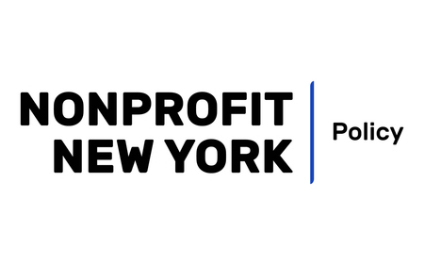What’s the difference between 501(c)(3)s, 501(c)(4)s, and Political Action Committees?
501(c)(3)s are organizations with a primary charitable mission that are exempt from corporate income taxes. 501(c)(3)s cannot endorse or contribute to candidates for public office. 501(c)(3)s can engage in some lobbying, but lobbying has to be an insubstantial part of their activities.
501(c)(4)s are “social welfare organizations” that are exempt from corporate income taxes. 501(c)(4)s can engage in an unlimited amount of lobbying and may engage in some political activities so long as that is not their primary activity. Expenditures made for political activities are not tax exempt.
501(c)(6)s are business or professional associations that are exempt from corporate income taxes. Like 501(c)(4)s, 501(c)(6)s can engage in an unlimited amount of lobbying and may engage in some political activities so long as that is not their primary activity. Expenditures made for political activities are not tax exempt.
Political Action Committees (PACs) are organizations that engage only or primarily in political campaigns. They may pool campaign contributions from members and donate funds to political campaigns or make independent expenditures supporting or opposing candidates. PACs are sometimes called “527 groups,” and are exempt from corporate income taxes.
What do different nonprofits have to disclose now?
501(c)(3) public charities (which raise money from the general public) must disclose their major donors through Schedule B to the IRS and the New York State Attorney General’s Charities Bureau. Both the IRS and Charities Bureau protect Schedule B from public disclosure.
501(c)(3) private foundations (which raise money from a limited group of people or companies) must disclose their donors on their annual reports to the IRS and Charities Bureau. This information is publicly available on the websites of the IRS, Charities Bureau, guidestar.org and elsewhere.
501(c)(4)s and 501(c)(6)s have to disclose their major donors to the IRS, but this is likely to change. In September 2019, the IRS issued a proposed regulation that would exempt 501(c)(4)’s from the obligation to identify donors on the IRS 990 Schedule B. The IRS hasn’t finalized the rule yet, but doing so is a high priority for them. Once the rule goes into effect, even if Part UU requires 501(c)(4)s and 501(c)(6)s to disclose their Schedule B’s to the Tax Department, donor information won’t be included.
PACs are tax exempt under a different provision of the tax code (Internal Revenue Code sec. 527), already have to disclose their donors, and would not be affected by this bill.
What is dark money? Is this proposal related to dark money?
“Dark money” is a term often used to describe political spending by 501(c)(4)s that can receive unlimited donations from corporations, individuals and unions and are not required to disclose their donors.
Part UU is unlikely to require donor disclosure by 501(c)(4)’s because, as noted above, the IRS is preparing to eliminate the requirement that 501(c)(4)’s disclose the identity of their donors on their 990 Schedule B. Requiring 501(c)(3)’s to disclose their donors would not affect the flow of dark money, because 501(c)(3)’s are not allow to engage in political spending.
501(c)(3) donors have a history of being targeted for championing social change
In 1958, at the height of the civil rights movement, the Supreme Court recognized how important it is for charities to be able to protect the names of their donors. The NAACP was working to integrate buses and schools in Alabama; the state retaliated by seeking the names of its donors. Rebuffing Alabama’s attempt, the Supreme Court held that “[i]nviolability of privacy in group association may in many circumstances be indispensable to preservation of freedom of association, particularly where a group espouses dissident beliefs.” Currently, In Hawai`i, the Attorney General is seeking bank records of a nonprofit that is supporting demonstrations against the building of a new telescope on top of Mauna Kea, a project that the state supports. A court is being asked to determine the appropriate and inappropriate reach of the Attorney General into the private affairs of the nonprofit and whether charitable donations can be used to support protests.
Is the proposed requirement related to SALT?
This proposal is not related to State and Local Tax Deductions (SALT), although the charitable sector is concerned about the impact of SALT and the 2017 federal tax reform law on charitable giving. The proposed public donor disclosure requirement will further discourage charitable giving.
How is this issue related to the Trump Foundation?
This proposal is not related to the Trump Foundation. As a private foundation, the Trump Foundation has always been required to publicly disclose its donors.
Is this proposal intended to increase transparency?
We do not know the intent behind this proposal.
Is this related to nonprofits associated with elected officials?
NYC already has a law requiring nonprofits controlled by NYC elected officials to disclose their donors, and NYC elected officials have to report if they direct contributions to a nonprofit. There is no equivalent law at the state level, but requiring all charities to disclose all donors, whether or not associated with an elected official, sweeps too broadly.
How much do New Yorkers donate to charity each year?
New Yorkers give over $16.4 billion to charity each year, representing almost 3 percent of household income.” https://independentsector.org/resource/state-profile-new-york/

